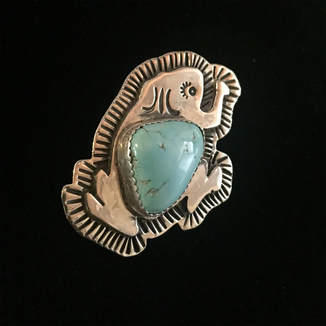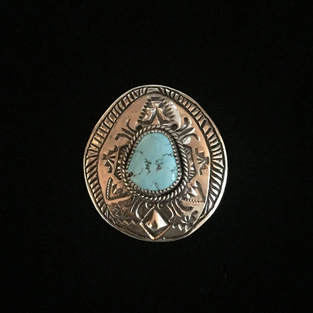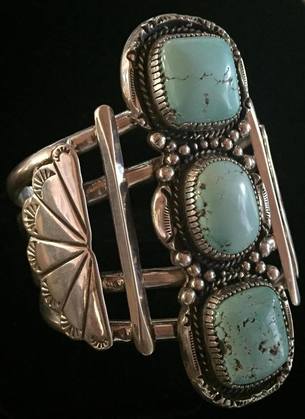|
A posting by NCAP Apprentice, Sam Slater
One of the requirements of a natural environment is that it must be creative. There has to be constant creation going on around the student. Each morning when I would arrive to the Draper’s studio, I would take a survey of the room and examine everything they had been working on since I left. I could see gradual progress on stones and pieces that would guide me in my learning and propel me to get to work. I studied each piece as it developed and took note of any changes and how I could implement those adaptations in my own work. Such a natural environment promotes self-learning. One of the songs Wilson taught us describes in incredible beauty how all of the materials we use come to teach us. Their origin is in a divine nature that we can learn from. In this way no one can really say they taught themselves how to do anything, when it was in fact the materials guiding them the entire time. This is how I felt in my experimentation working with the Drapers. Through Teddy, I was exposed to an immense variety of natural materials at different stages of completion that, together, formed a step by step guide for me to follow. This reminded me of when I was teaching a moccasin making class, and a student asked me if I could make the moccasin pattern, cut out the leather, and mark where to stitch for her. I told her things don’t work like that. I explained how there is a give and take with the materials—you are constantly responding to one another. Those marking might be useless after just stitching one inch due to the way the leather behaves and how you respond to it. This is how it was with the stones and silver I used. The only way I could learn is from doing it and feeling the materials in my own hands. Working with someone like Teddy Draper is what encouraged me to take those steps to really communicate with the materials in a way that ensured I could keep learning from them. While this may seem like a hands off approach, his subtle guidance is what allowed to go to the source of our knowledge and skills. There’s no other way than to just do it, and there is no better place than Teddy Draper’s studio, and for my time with him this summer I am grateful.
1 Comment
|
Categories
All
Archives
October 2021
|
SocialsALL PHOTOS IMAGES ARE COPYRIGHT PROTECTED. PHOTO IMAGES USE IS SUBJECT TO PERMISSION BY THE NAVAJO CULTURAL ARTS PROGRAM. NO FORM OF REPRODUCTION IS PERMITTED WITHOUT WRITTEN PERMISSION FROM THE NAVAJO CULTURAL ARTS PROGRAM. |
Featured Pages |



